 Bill Gates is taking climate change head on with his newly formed Breakthrough Energy Ventures fund. Gates is leading the fund along with a network of investors worth $170 billion, including Virgin’s Richard Branson and Amazon’s Jeff Bezos.
Bill Gates is taking climate change head on with his newly formed Breakthrough Energy Ventures fund. Gates is leading the fund along with a network of investors worth $170 billion, including Virgin’s Richard Branson and Amazon’s Jeff Bezos.
BEV will donate more than $1 billion into clean energy innovation projects over the next 20 years, focusing on its goal of reducing greenhouse gas emissions.
“Anything that leads to cheap, clean, reliable energy we’re open-minded to,” Gates says.
This move by Gates comes after his commitment last year to personally invest an additional $1 billion into clean energy.
However, this move will shift Gates away from his home turf of information technology.
“People think you can just put $50 million in and wait two years and then you know what you got,” Gates says. “In this energy space, that’s not true at all.”
A driving force behind the fund is to take innovative new technologies from the lab to the marketplace. Currently, the federal government funds a huge percentage of fundamental research efforts in fields such as energy storage, which are the subsequently commercialized by private investors.


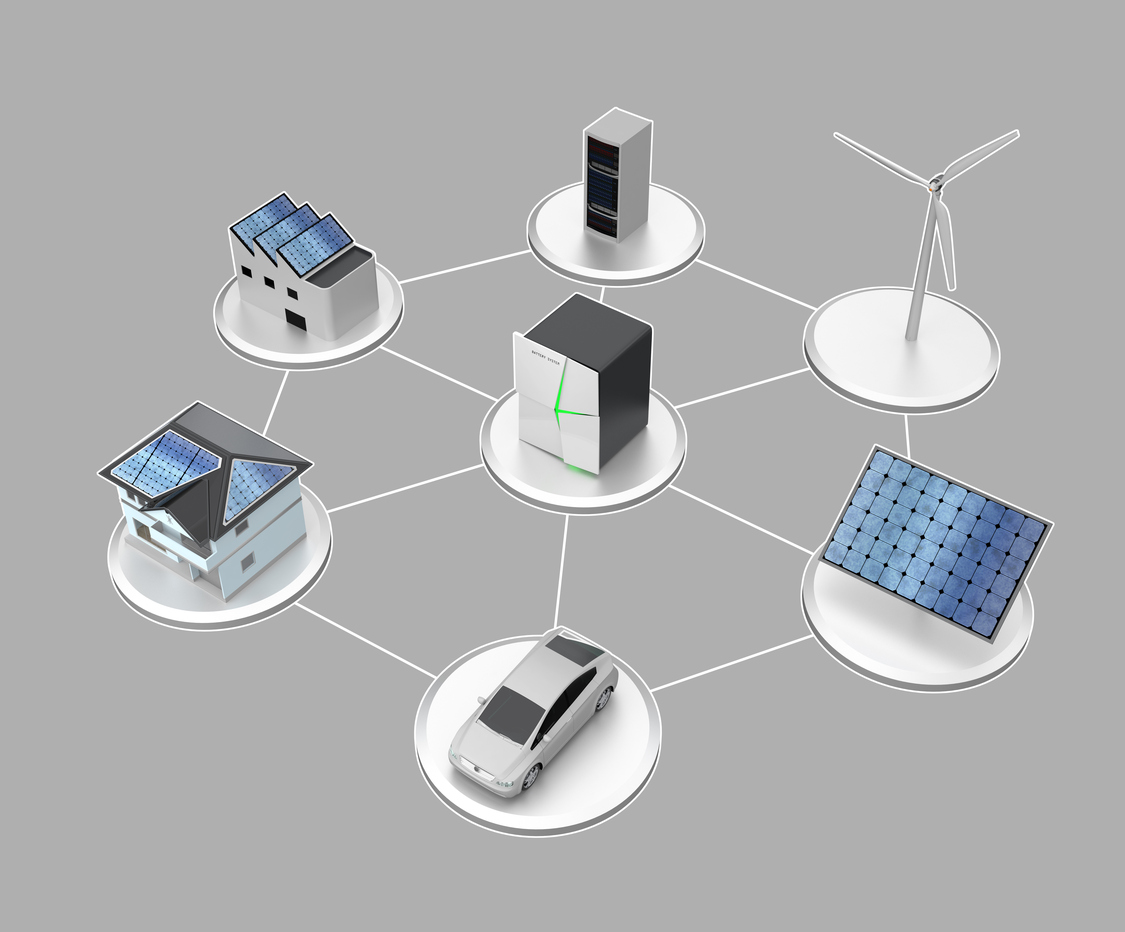 A team of researchers at Case Western Reserve University is building a flow battery prototype to provide cleaner, cheaper power.
A team of researchers at Case Western Reserve University is building a flow battery prototype to provide cleaner, cheaper power. Recent safety concerns with lithium-ion batteries exploding in devices such as the Samsung Galaxy Note 7 phone and
Recent safety concerns with lithium-ion batteries exploding in devices such as the Samsung Galaxy Note 7 phone and 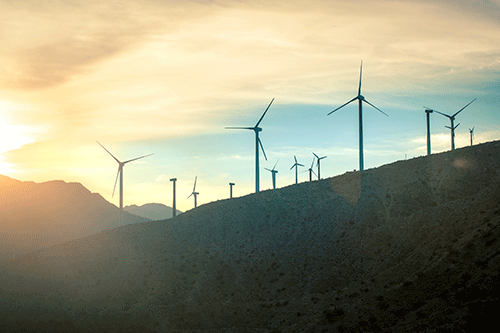 Google is going green.
Google is going green.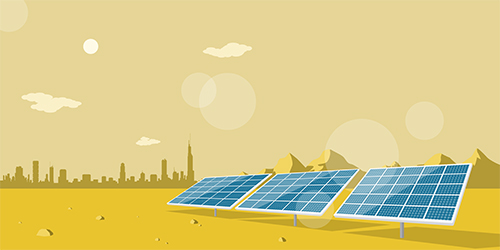 Global energy demands are predicted to reach 46 terawatts by 2100. That number is a far reach from the 18 terawatts of energy currently generated around the world. According to one expert in the field, a major shift in the way we produce and consume energy is necessary in order to meet future demands.
Global energy demands are predicted to reach 46 terawatts by 2100. That number is a far reach from the 18 terawatts of energy currently generated around the world. According to one expert in the field, a major shift in the way we produce and consume energy is necessary in order to meet future demands.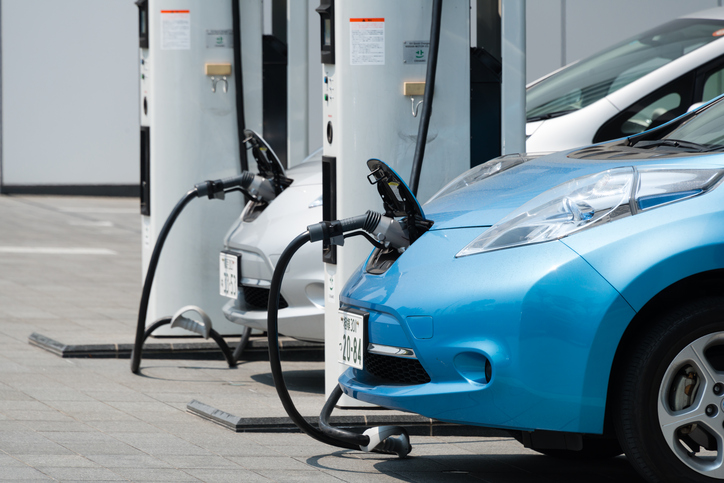 Just over ten years ago, the number of electric vehicles on the road could be counted in the hundreds. Now, more than
Just over ten years ago, the number of electric vehicles on the road could be counted in the hundreds. Now, more than 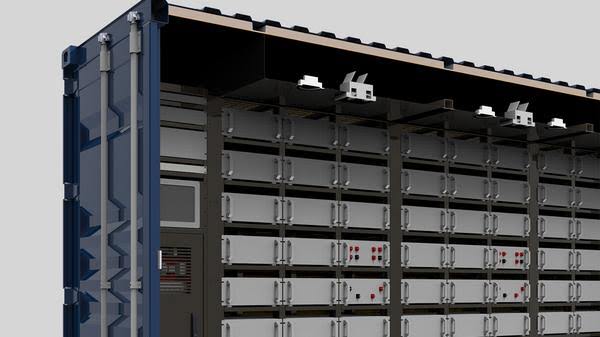
 Researchers from the University of California, Riverside recently combined photosynthesis and physics to make a key discovery that could lead to
Researchers from the University of California, Riverside recently combined photosynthesis and physics to make a key discovery that could lead to